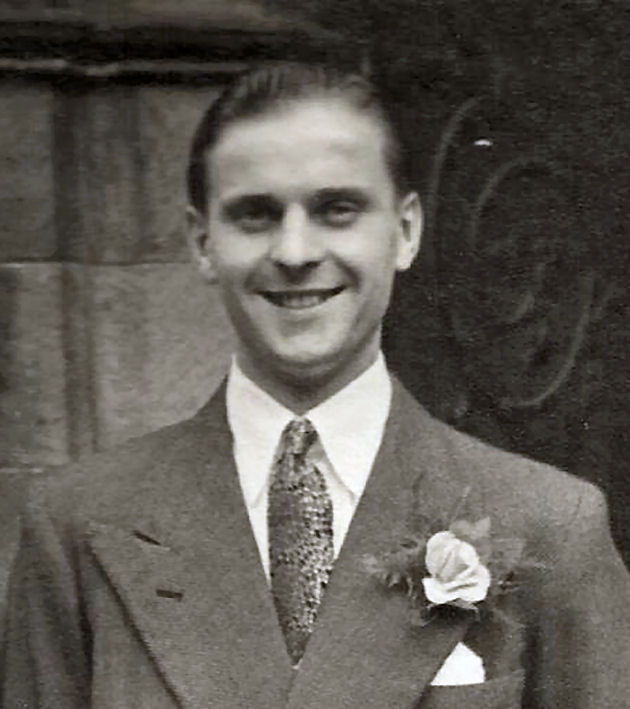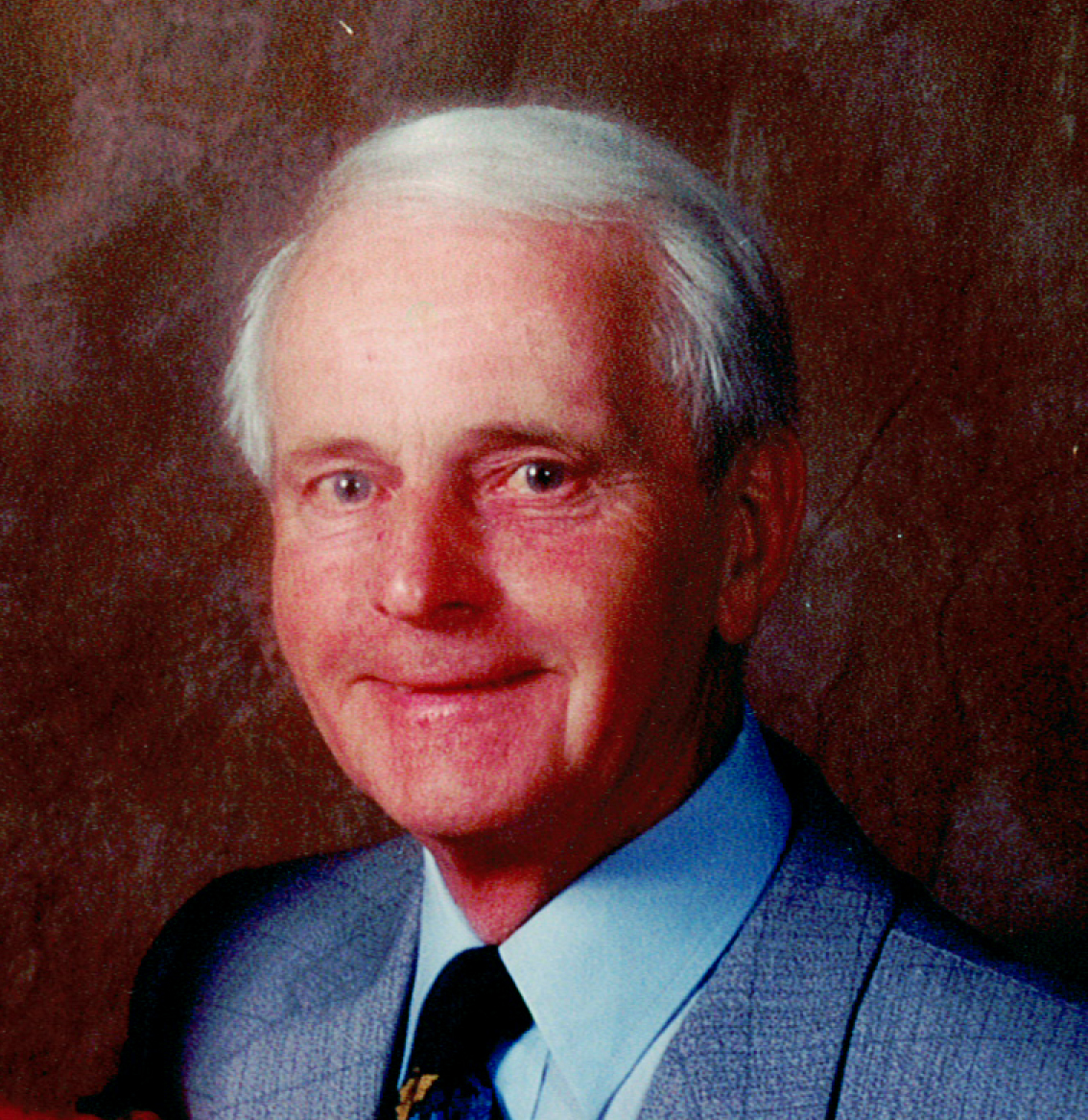

A PERSONAL REMINISCENCE OF HMS MARTIN (G44)
Leading Signalman George R. Parker
Norfolk 19th May 1986
 |
 |
GEORGE RICHARD PARKER |
|
1923-2000 |
|
HMS Martin was my first ship; I joined her at Scapa Flow after completing my training as a Signalman at HMS Royal Arthur, Skegness. Before leaving Chatham Barracks I was told by an old Chief Buffer (Well he looked old to me) that the Martin was a dredger and that “You’ve got a cushy draft there lad, never out of sight of land”. On arrival at Scapa Flow I was taken aboard HMS Tyne, a Destroyer Depot Ship, to await transfer to the Martin, who was inbound from a Russian Convoy. After a few days the Martin steamed into Gutter Sound (Destroyer Anchorage) when I saw her I thought “Some Dredger”.
Enough has been written before about P.Q. Convoys to Russia, but apart from the terrible loss of lives, both Merchant and Royal Navy ships; one tends to remember odd incidents that occurred. I recall P.Q.18 when all hell was let loose. High level, Low level, Stukas and Torpedo Bombers, plus U-Boats. This particular day they were really hammering the Convoy. I was on watch with Norman Newton (Geordie) – (He was also a survivor from the Martin). The noise was tremendous from the A.A. Guns and the Bombers. We had a near miss down the Starboard side. The Martin heeled over then righted herself, the bomb having fallen no more than 20 feet from us. A fortunate day for all on board HMS Martin. OCTOBER 1942 SCAPA FLOW HMS Martin was anchored in her usual birth in Gutter Sound. One morning we were told to proceed alongside HMS Tyne with 5 other Destroyers (Three each side), it appeared that the great man himself, Sir Winston Churchill, accompanied by Sir Stafford Cripps was in Scapa to address the Fleet. When we were all mustered, Sir Winston spoke to us, (As only he could); about the good work the escorts had done on the Russian Convoys etc. He then spoke about the next exercise in which we were to take part but not giving any details, which would have a dramatic effect on the outcome of the war. Some days later, towards the end of October we were under way, and to our surprise proceeded South. This had the messdecks buzzing, as we had previously always steamed North. Being in Communications, we normally got wind of what was afoot long before the other branches, on night watch the O.O.W. told me we were heading for Gibraltar. This was confirmed by the Captain when he spoke to the Ships Company, an exercise that he did regularly, he informed us that we were going to Gibraltar, and then await further orders from the Admiralty. NOVEMBER 2ND 1942 HMS Martin arrived at Gibraltar and we anchored in the Bay. Not since before the war had such a Fleet been assembled at the Rock, Battleships, Carriers, Cruisers, Destroyers and Supply Ships. Strict security was in force, and no shore leave granted.
Geordie Newton and I had the middle watch, midnight to 4 am on the 9/10th
November and Martin’s position was approx 200 miles off Algiers.
Sometime later, after trying to identify voices in the float, one could not recognise faces as we were all covered in oil; one wit remarked that “Well I got out of the morning watch”. Dawn came, and thank God the water was warm, I shudder to think what would have happened had we been in Artic waters. We had an Officer in the float with us, I don’t recall him, but it was probably Lt. Kavanagh. After being adrift for some 6 hours or more I spotted a mast on the horizon, the sea was very calm. I suppose that being trained in visual signals, and being blessed with good eyesight it was not unusual for me to spot the mast first.
I was given a uniform that would have fitted a man twice my size, on reflection; we must have looked a right dog’s breakfast. The Yeoman from the Martin, Geordie Newton and myself were to be sent to the D.T.S.S. (Dockyard Tower Signal Station); all the lads were split up, so we didn’t know who ended up where. After a day or two we were told, Geordie and I that we were not being sent home for survivors leave. The then C-in-C Mediterranean, Admiral Cunningham had issued orders that all Communications ratings must remain in the Gibraltar Signal Pool. I afterwards found out that our Yeoman had managed to get round this one and was home before the month was out. About a week later I went to the Naval Cinema in Gib. To see the film ‘In Which We Serve’ – Noel Coward. When it came to the scene where the Destroyer was hit and sinking, I am afraid I fainted and went out like a light. I awoke in the 10th Military Hospital. My whole body was covered in a rash, Urticaria I think it was called. The Surgeon told me that the film had caused a delayed reaction of my experience on the Martin.
I finally got back home in the late January 1943 and after a spell of leave was drafted to another Destroyer HMS Zambesi and to my delight …… yes another Russian Convoy, but that is another story. HMS Martin was a good ship, a short life but a busy one. A happy ship and very efficient. Our Captain, Commander C.R.P. Thomson DSO R.N. Was an Officer and a Gentleman in every sense of the word. When I look back, after 44 years I often ask myself “Why Me” and I think of all my mates who didn’t make it. |